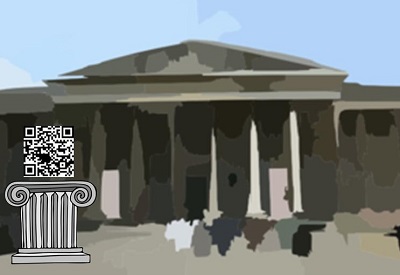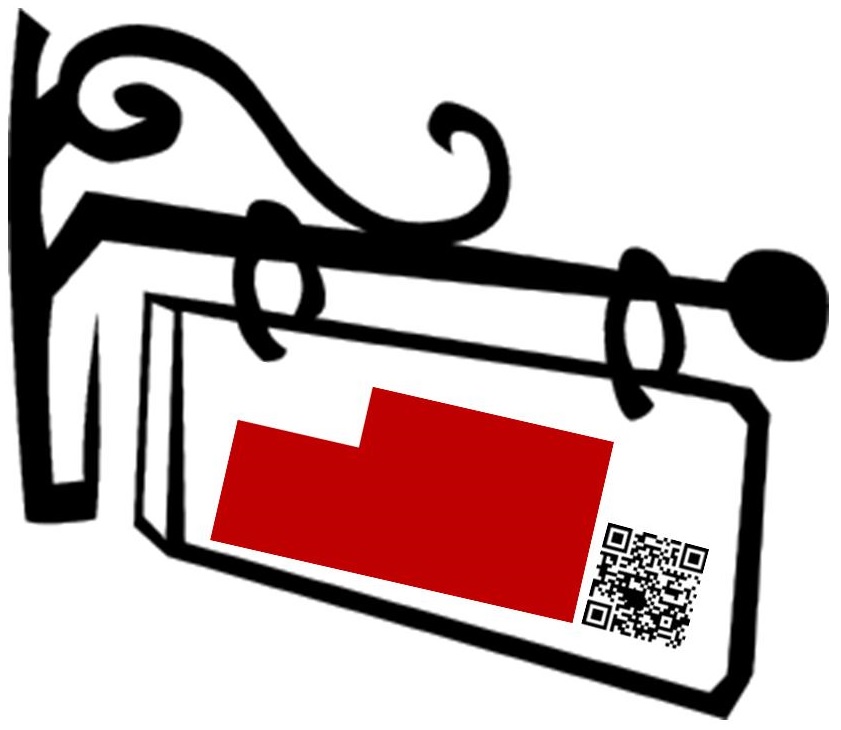A free app in combination with the quick response codes are all that visitors need on their smartphones.
The Yamba Museum may be focusing on the past, but it is doing so with 21st century technology, with the development of QR codes as well as a free app that can be used on mobile devices such as smartphones and tablets that are frequently carried by visitors to the location.
The application allows the quick response codes to be scanned in order to enhance their experience.
All that a visitor must do in order to take advantage of the additional mobile features at Yamba, is to download a free app and scan the special QR codes. This allows them to be able to take a tour of the museum that involves access to additional images and interesting pieces of historical information that apply to what they are actually seeing in front of them in reality.
The QR codes have been printed onto stickers and free postcards that have been distributed around the area.
 Nearby shops and holiday accommodation sites displayed and shared the stickers and postcards that were available to visitors in Yamba for free. The alternative to scanning the barcodes was to visit the museum’s official website where the entire tour could be downloaded so that it could be accessed once the visitor headed out to the Yamba Museum.
Nearby shops and holiday accommodation sites displayed and shared the stickers and postcards that were available to visitors in Yamba for free. The alternative to scanning the barcodes was to visit the museum’s official website where the entire tour could be downloaded so that it could be accessed once the visitor headed out to the Yamba Museum.
The downloadable tour is broken down into six different parts so that the visitor can access them as needed or wanted. They consist of the Pilot Station, the Bay, the Flat, the Hill, the River Training Works, and the Museum. The design of the parts of the tour are all meant to be compatible with a mobile device and are easy to view and read while the gadget’s user is taking the Yamba tour.
Beyond smartphones and tablets, the app can be downloaded into desktops, laptops, notebook computers, and any other device with a platform that supports a standard HTML browser. It was developed by Jon Henry, a Port of Yamba Historical Society member, based on the information that was provided by John McNamara, a research officer. It also used some of the museum’s own historical photographs from its collection. Henry will be updating the History Tour application on a regular basis. The QR codes were created by the society’s member, Rob Knight.
Street signs within the emirate will soon include these smartphone recognizable barcodes.
The Department of Municipal Affairs (DMA) has just released a statement in which it has announced that the emirate of Abu Dhabi will soon be including QR codes on its street signs.
These barcodes will provide smartphone users with information of a historical and background nature.
These QR codes will offer mobile device users the chance to learn more historical and background information about specific locations as well as about the streets and their names. The Municipality of Abu Dhabi City will first be implemented in the capital. These barcodes are being created as an element of the Abu Dhabi Emirate Street Addressing, GeoNames and Signage System (ADAGS), which is designed to provide the unique identification of addresses and streets within that emirate.
This project is designed to add QR codes and develop 12,000 all new street names in the emirate.
 This program will also help to simplify approximately 200,000 existing addresses, while creating around 20,000 street signs throughout the next two and a half years. According to the director of the DMA’s land and property sector, Dr. Abdullah Gareeb, “The new addressing system is expected to vastly improve how businesses and residences are referenced. In addition, emergency response times will also be reduced, because ambulance and fire teams will be able to locate homes easier, for instance. Utilities can also be set up and serviced easier if providers can easily identify the neighborhood and its consumption.”
This program will also help to simplify approximately 200,000 existing addresses, while creating around 20,000 street signs throughout the next two and a half years. According to the director of the DMA’s land and property sector, Dr. Abdullah Gareeb, “The new addressing system is expected to vastly improve how businesses and residences are referenced. In addition, emergency response times will also be reduced, because ambulance and fire teams will be able to locate homes easier, for instance. Utilities can also be set up and serviced easier if providers can easily identify the neighborhood and its consumption.”
Dr. Gareeb went on to say that the new address will make it easier for online shopping to occur and will improve the convenience of delivery.
Officials from the DMA had already explained that the current system used by the emirate for addressing identifies each location by its zones, sectors, main streets, internal streets, and either building numbers or plots. Furthermore, many streets are numbered, while streets that are in different districts from one another can have the exact same number. This can make it exceptionally confusing to find and remember addresses, particularly for visitors and tourists.
This new system will not only help to straighten out the confusion, but it will use QR codes for the further identification and information about the current names as well as the historical ones.
 Nearby shops and holiday accommodation sites displayed and shared the stickers and postcards that were available to visitors in Yamba for free. The alternative to scanning the barcodes was to visit the museum’s official website where the entire tour could be downloaded so that it could be accessed once the visitor headed out to the Yamba Museum.
Nearby shops and holiday accommodation sites displayed and shared the stickers and postcards that were available to visitors in Yamba for free. The alternative to scanning the barcodes was to visit the museum’s official website where the entire tour could be downloaded so that it could be accessed once the visitor headed out to the Yamba Museum.
 This program will also help to simplify approximately 200,000 existing addresses, while creating around 20,000 street signs throughout the next two and a half years. According to the director of the DMA’s land and property sector, Dr. Abdullah Gareeb, “The new addressing system is expected to vastly improve how businesses and residences are referenced. In addition, emergency response times will also be reduced, because ambulance and fire teams will be able to locate homes easier, for instance. Utilities can also be set up and serviced easier if providers can easily identify the neighborhood and its consumption.”
This program will also help to simplify approximately 200,000 existing addresses, while creating around 20,000 street signs throughout the next two and a half years. According to the director of the DMA’s land and property sector, Dr. Abdullah Gareeb, “The new addressing system is expected to vastly improve how businesses and residences are referenced. In addition, emergency response times will also be reduced, because ambulance and fire teams will be able to locate homes easier, for instance. Utilities can also be set up and serviced easier if providers can easily identify the neighborhood and its consumption.”